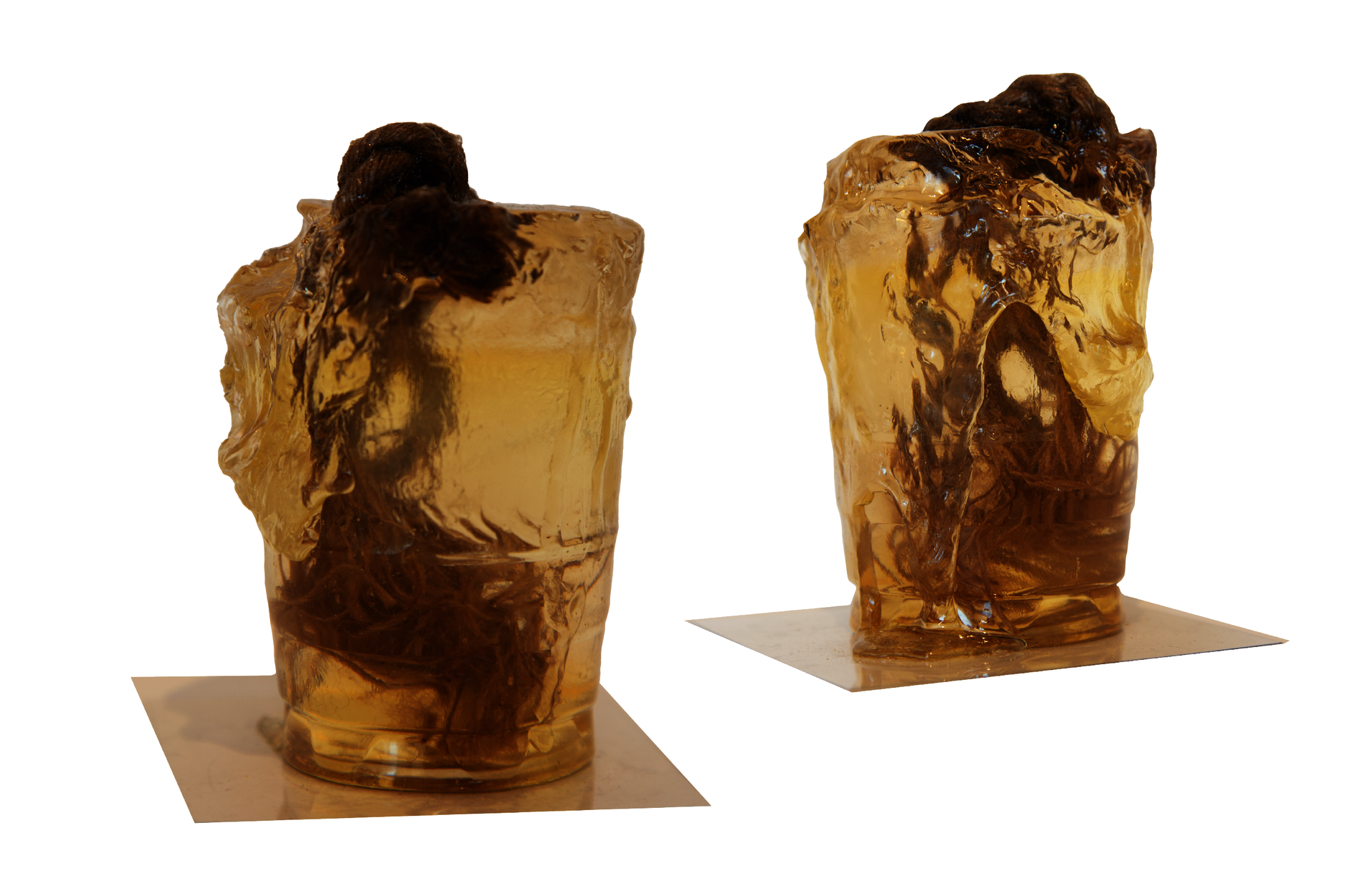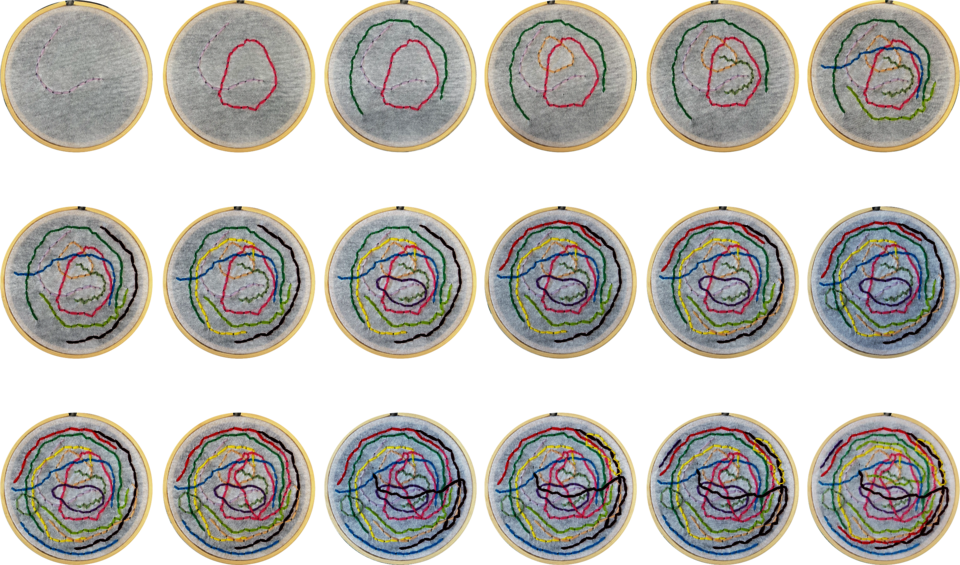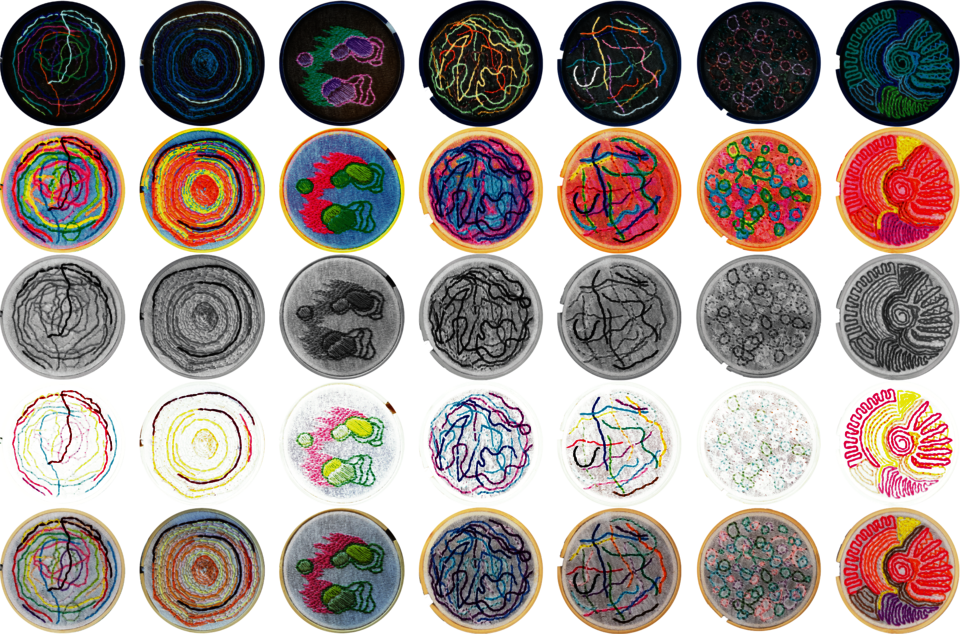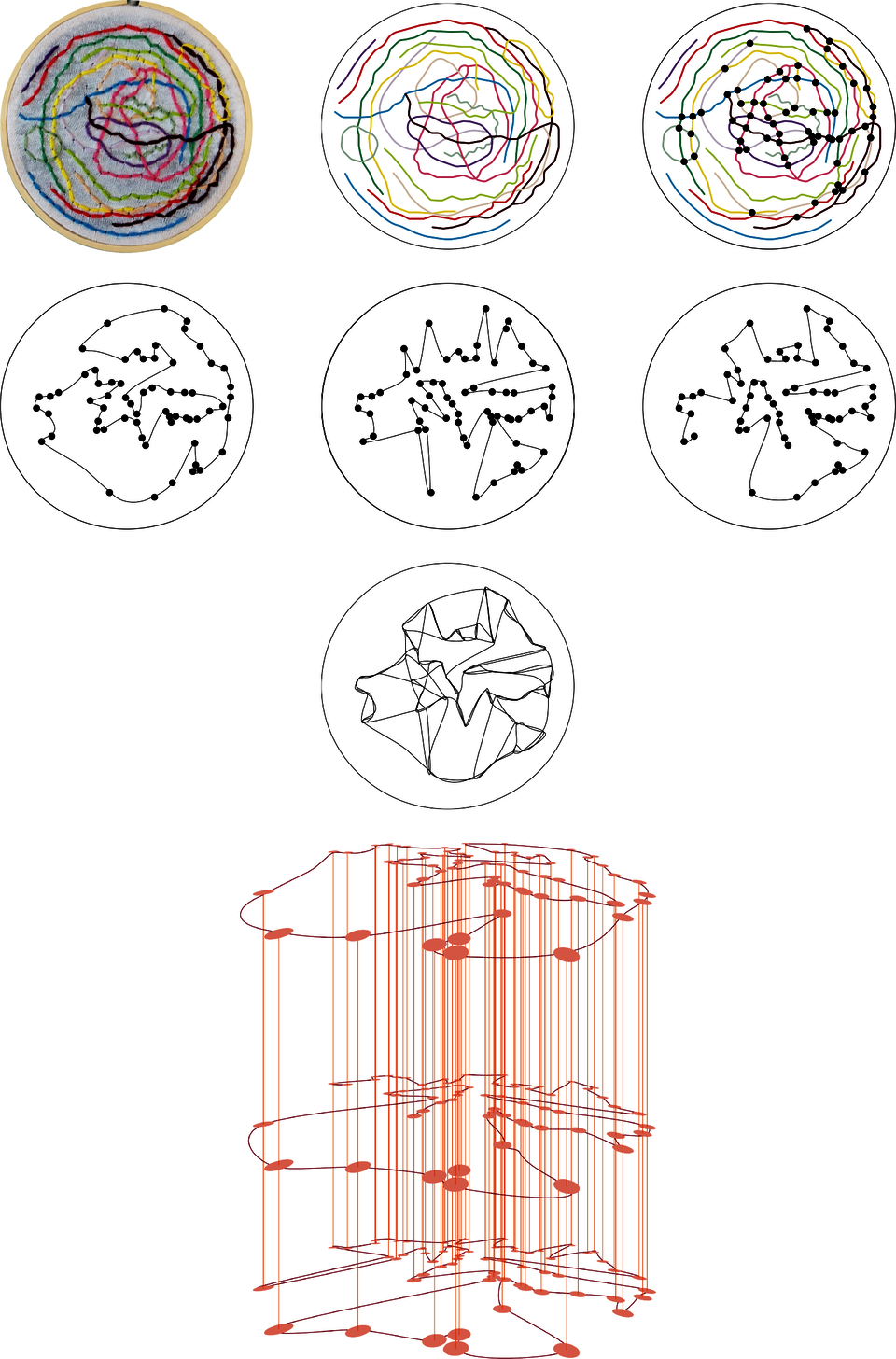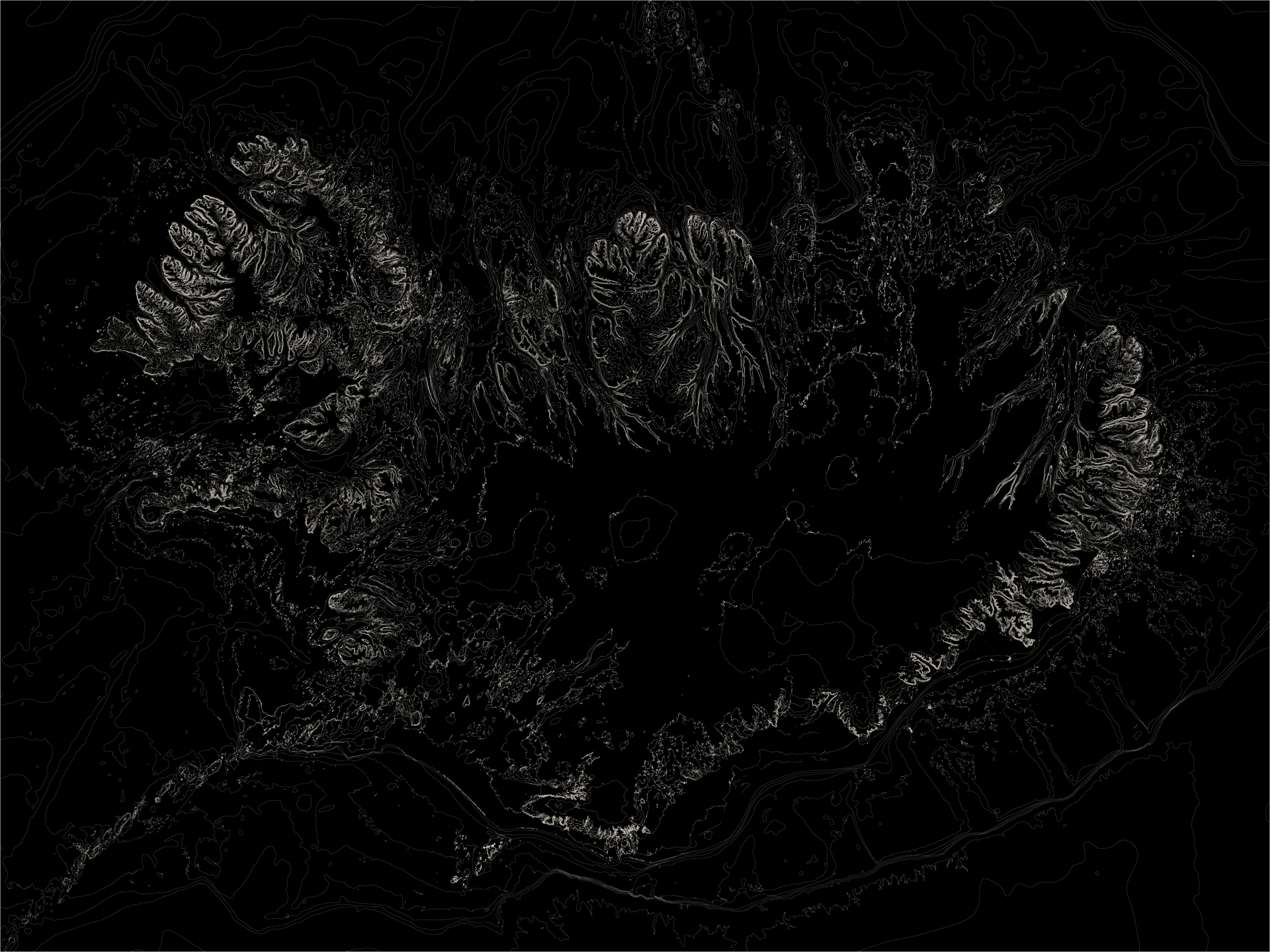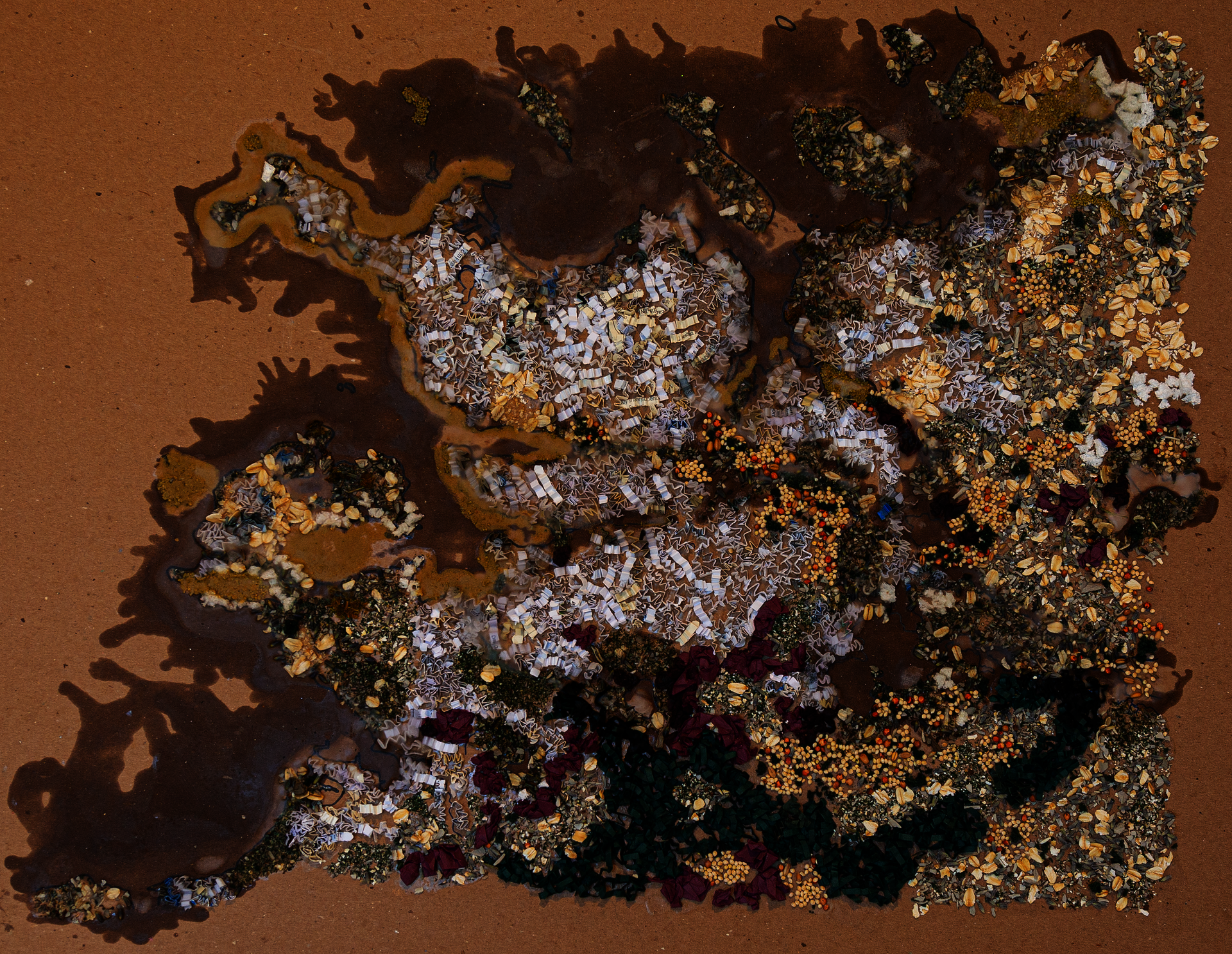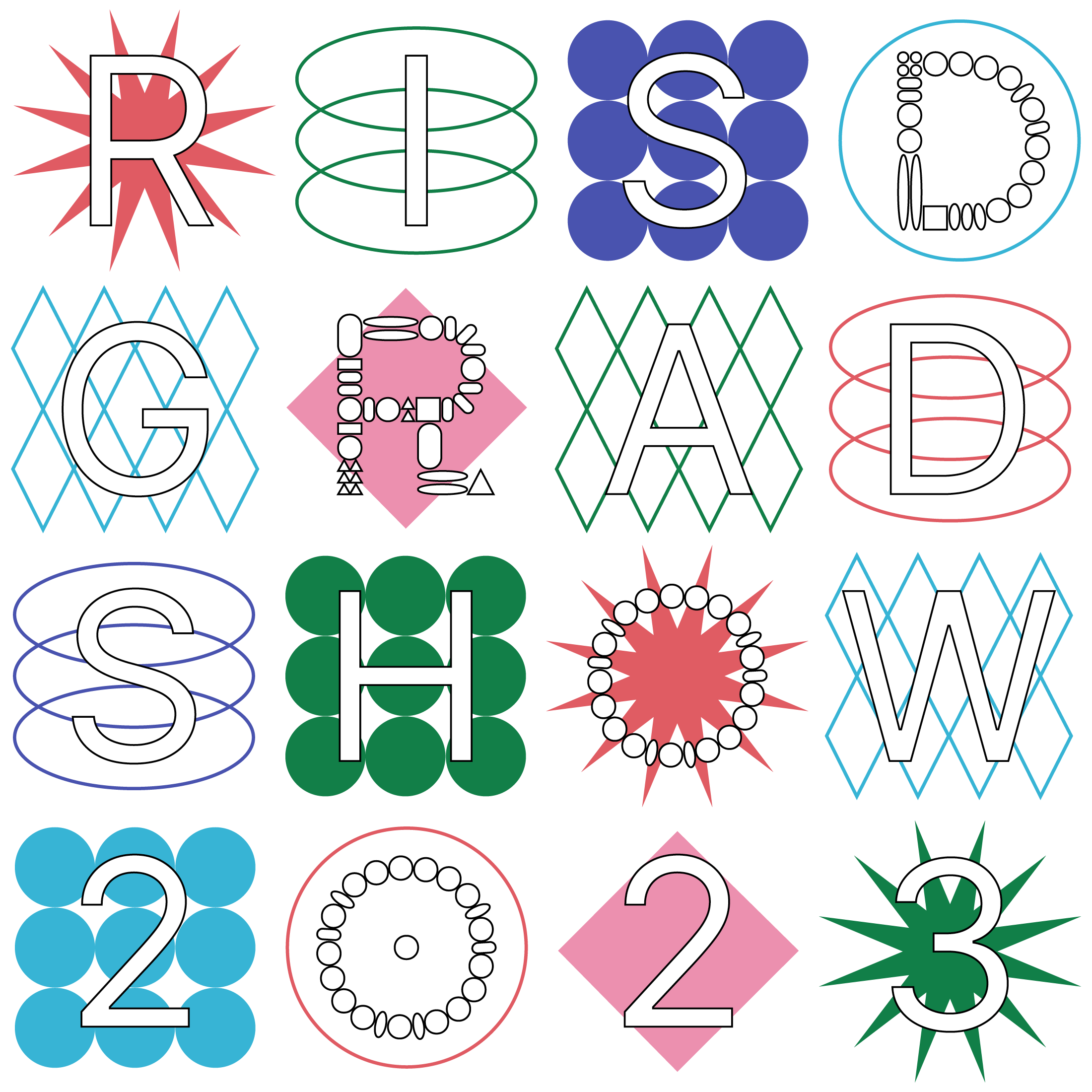IMBALANCE
The disparity between Biologic and Geologic Times might lead one to assume that the two run along parallel tracks within sight of each other, never to intersect. Yet, the mind-boggling amount of time that the Earth experienced without the presence of any biological life was the very reason that biological life was able to take root in the first place. Biologic Time owes its existence to Geologic Time and lived in harmony with it until human civilization reached a point where amassing wealth and obtaining superficial status symbols became the driving cultural narrative.
